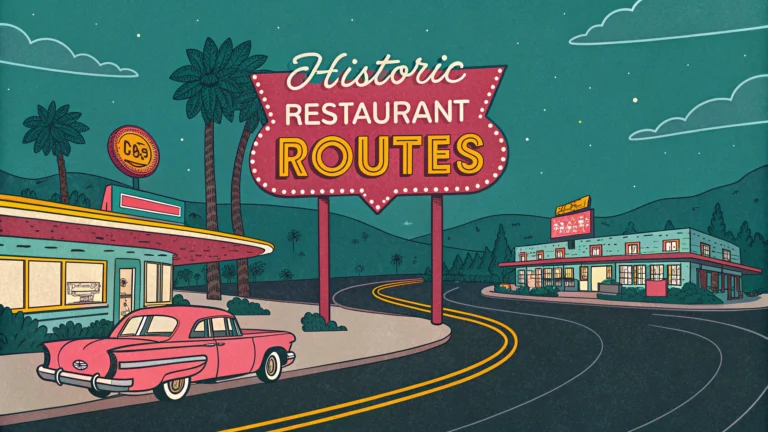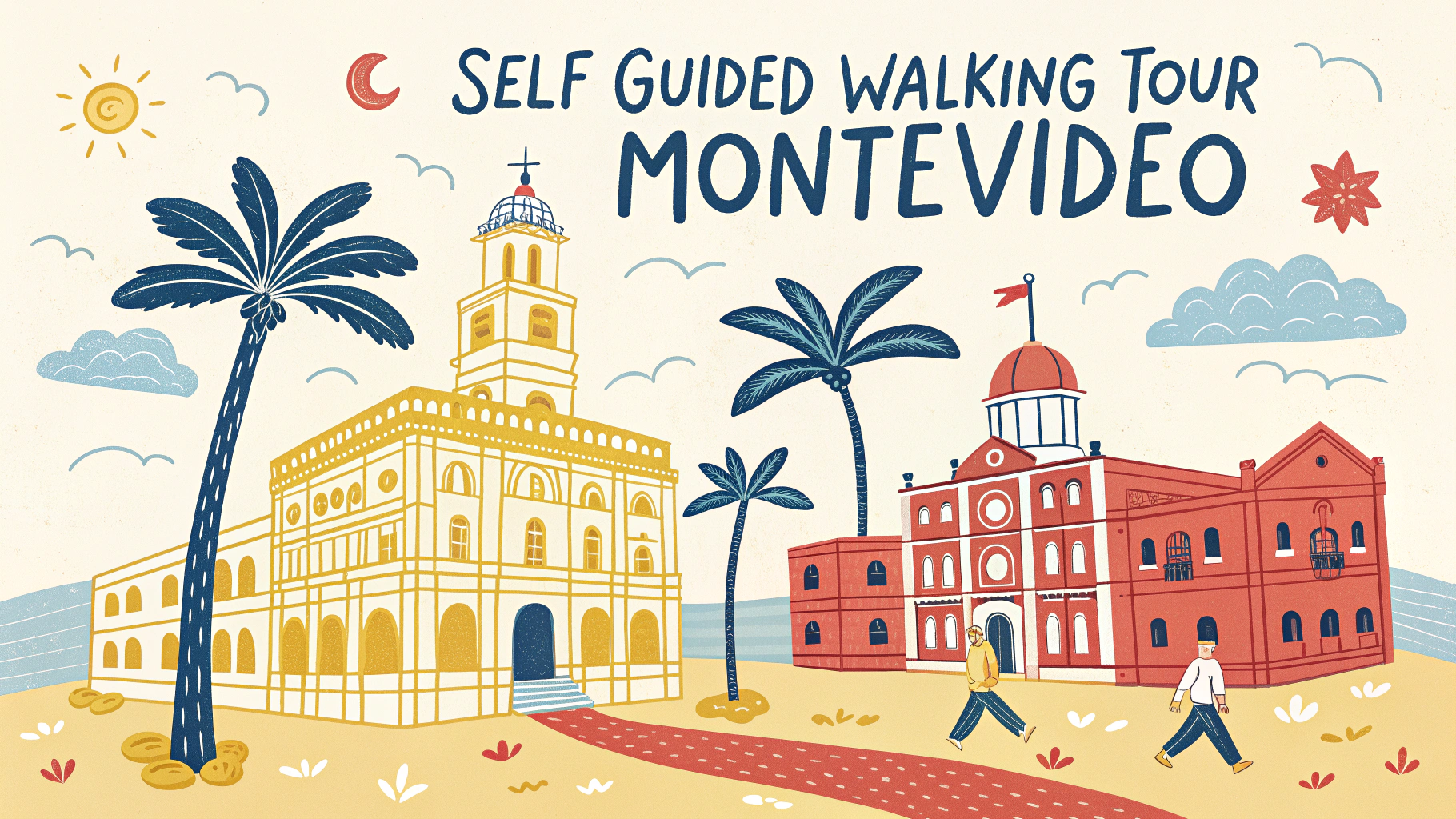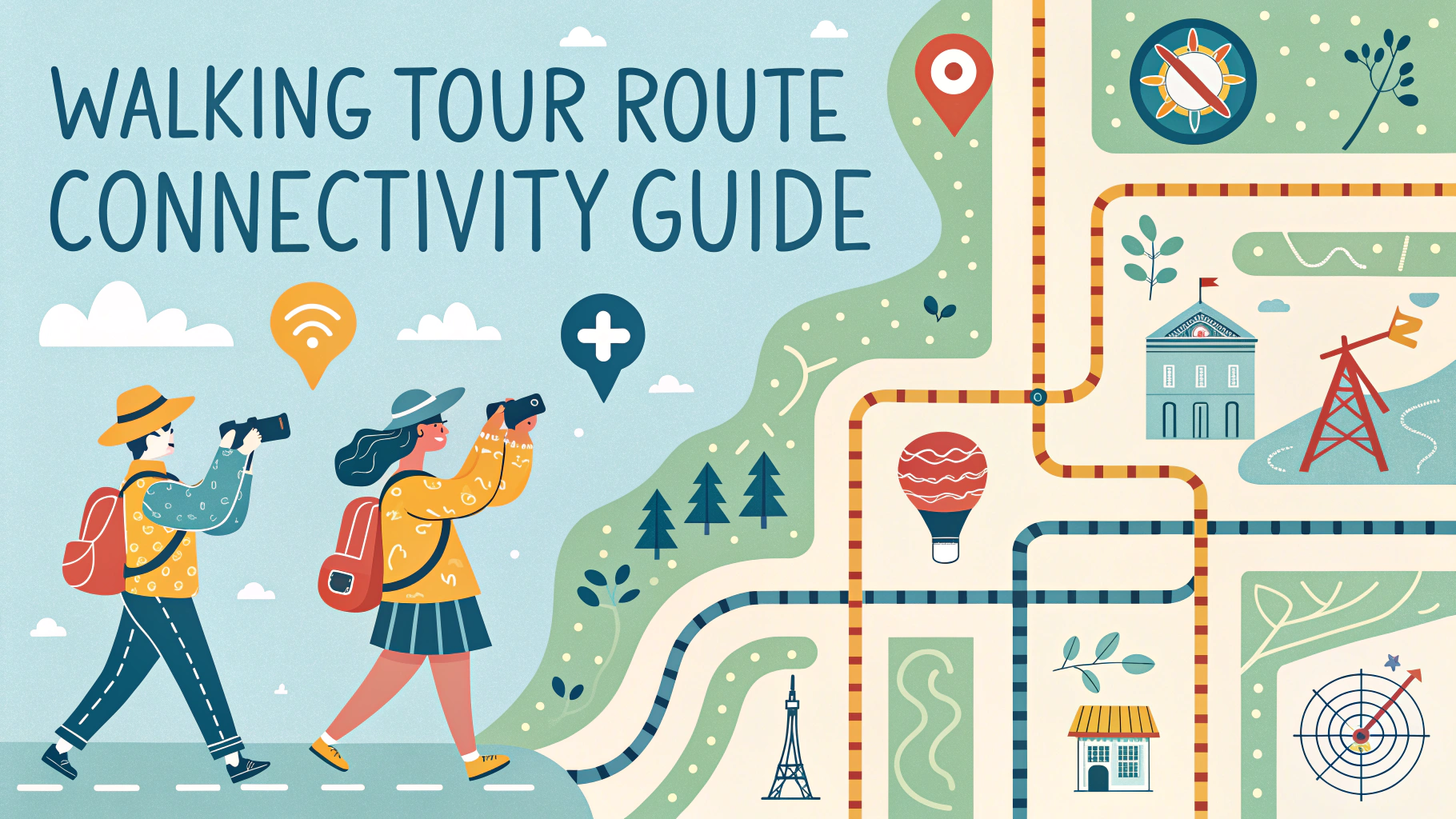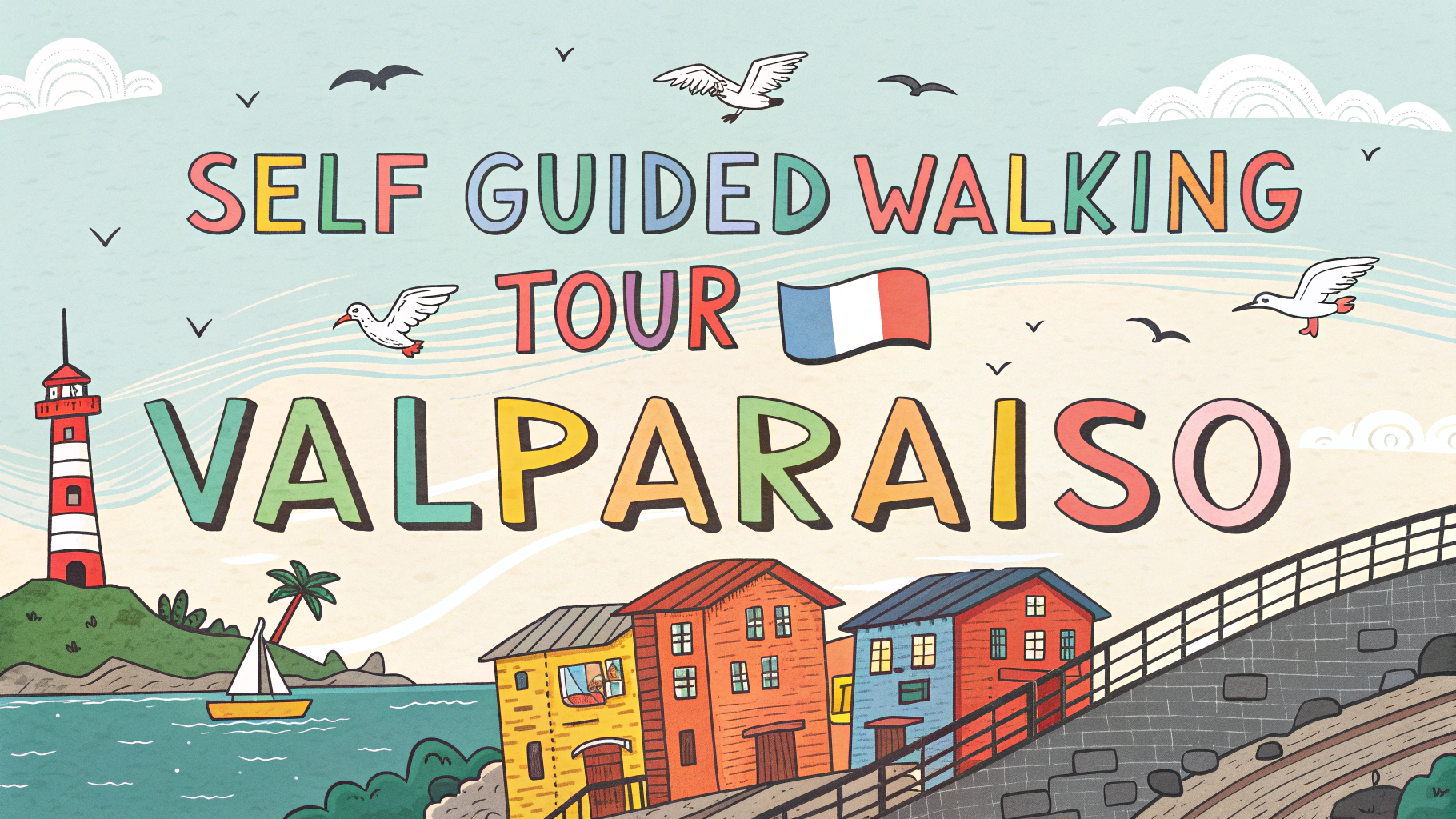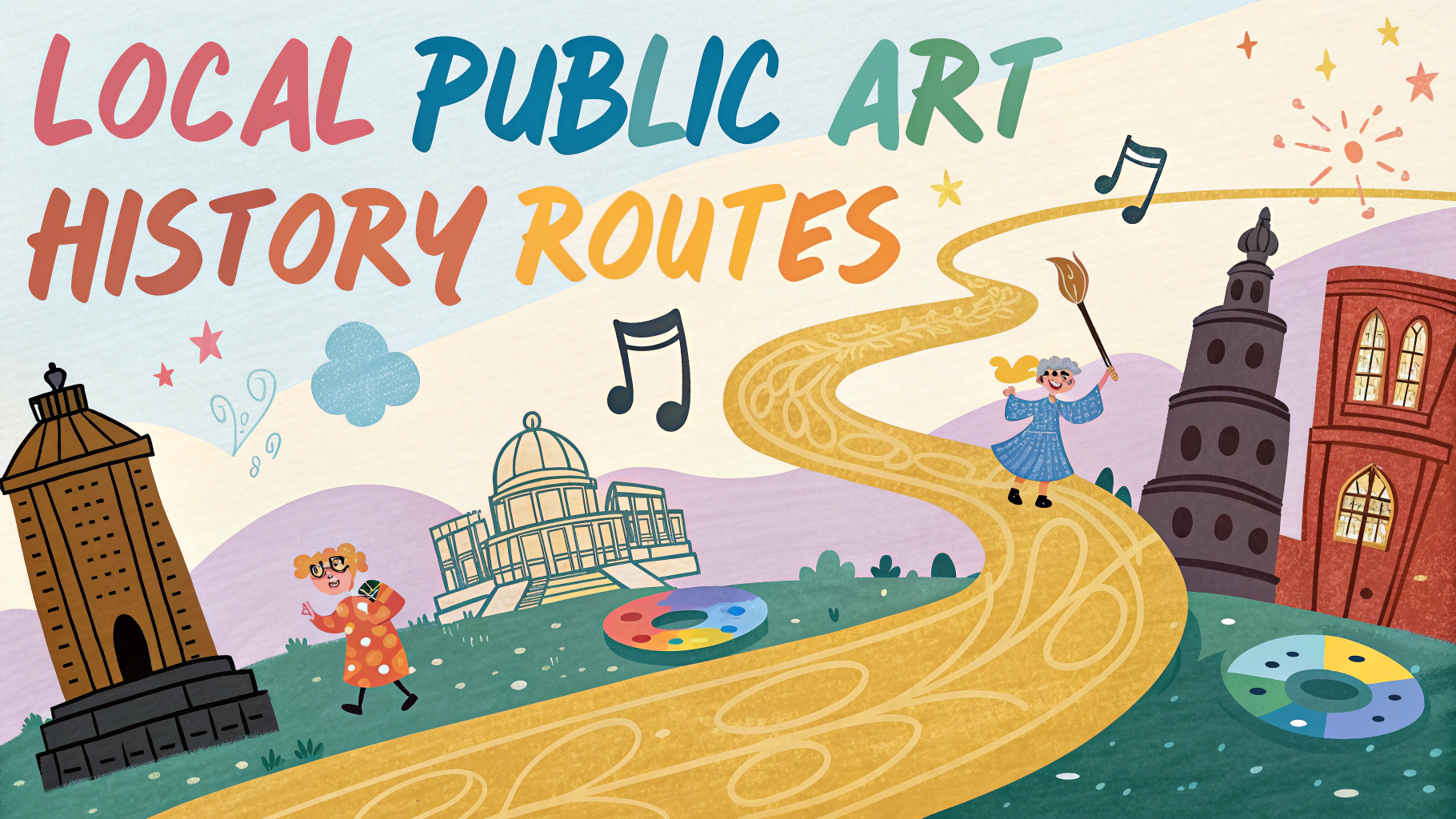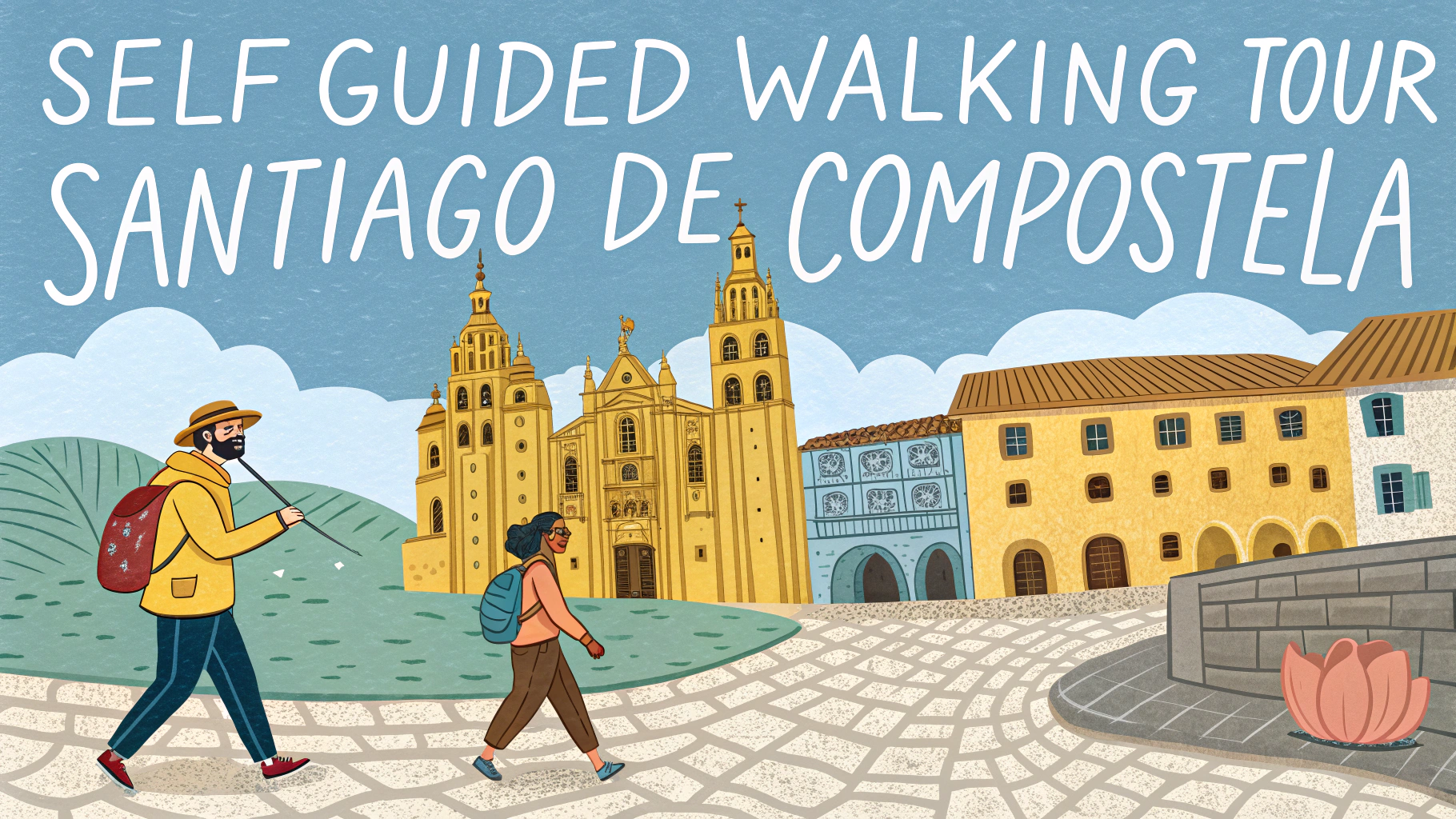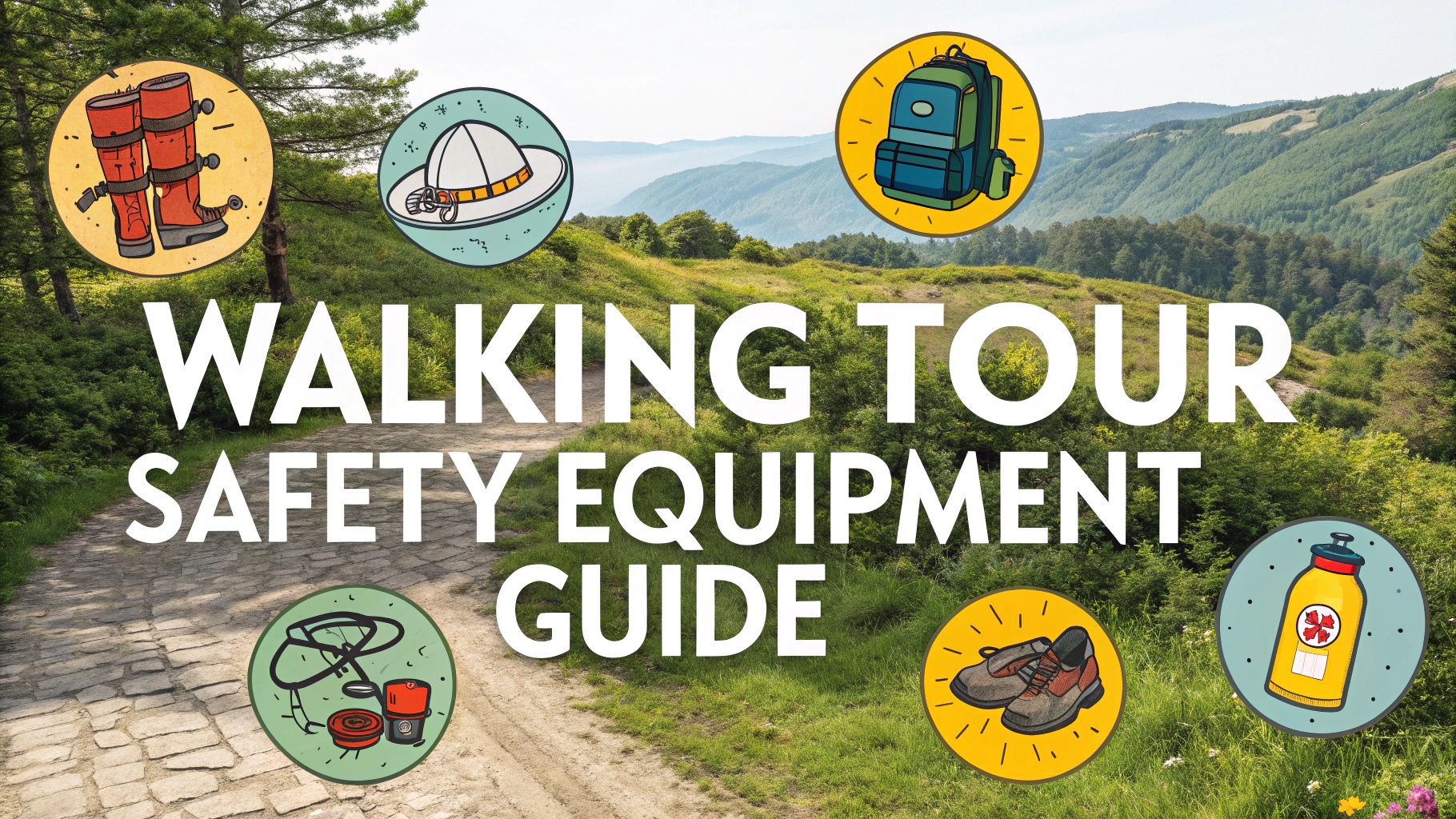Historic restaurant routes blend culinary exploration with cultural heritage, offering a unique way to discover a city’s past through its iconic eateries.
Planning Your Route
Before setting out on your culinary walking tour, download offline maps and make restaurant reservations where possible.
- Check opening hours and busy periods
- Wear comfortable walking shoes
- Bring a water bottle
- Consider weather conditions
- Plan bathroom stops
Route Research Tips
Research local food blogs, historical societies, and tourism boards for authentic restaurant recommendations.
- Look for establishments over 50 years old
- Focus on family-owned businesses
- Search for buildings with historical designations
- Read customer reviews focusing on historical aspects
Popular Historic Restaurant Routes
| City | Notable Spots | Known For |
|---|---|---|
| New Orleans | Antoine’s (1840) | French-Creole cuisine |
| Boston | Union Oyster House (1826) | Seafood |
| New York | Delmonico’s (1837) | Steakhouse |
| San Francisco | Tadich Grill (1849) | Seafood |
Photography Tips
Capture both exterior architecture and interior details of historic restaurants.
- Ask permission before photographing inside
- Document original fixtures and decorations
- Photograph historic menus if available
- Take pictures during off-peak hours
Best Time to Visit
Schedule your walking tour during off-peak hours (2-4 PM) to avoid crowds and get better service.
Safety Tips
- Share your route with someone
- Keep valuables secure
- Stay aware of surroundings
- Walk in well-lit areas
- Have a backup phone charger
Documentation Resources
- National Register of Historic Places
- National Trust for Historic Preservation
- Local historical societies
- City archives
Remember to respect the establishments’ rules and customs during your visit.
Expert Tips
- Talk to longtime staff members for historical insights
- Ask about signature dishes that haven’t changed over decades
- Look for historic photographs on restaurant walls
- Request to see old menus if available
Consider joining a local food history group for more insider knowledge and organized tours.
Menu Documentation
Keep track of historic menu items and their evolution through the decades. Many establishments maintain archives of their original menus.
- Note price changes over time
- Document discontinued dishes
- Record signature recipes still in use
- Compare historical cooking methods
Cultural Impact
Historic restaurants often reflect immigration patterns and cultural developments within cities.
Social Significance
- Meeting places for historical figures
- Sites of important local events
- Architectural preservation examples
- Community gathering spaces
Interactive Elements
Enhance your experience by engaging with the restaurant’s history through various methods.
- Use AR history apps
- Record oral histories from owners
- Create timeline infographics
- Map evolution of restaurant locations
Conclusion
Historic restaurant routes offer more than just culinary experiences—they provide windows into a city’s cultural evolution, immigration history, and architectural heritage. By following these guidelines and tips, visitors can create meaningful connections with local history while enjoying authentic cuisine that has stood the test of time.
- Document your experiences
- Share discoveries with local historical societies
- Support preservation efforts
- Contribute to online history databases
FAQs
- What is the best time of day to take a historic restaurant walking tour?
Late morning to early afternoon is ideal, as most historic restaurants are open, you can observe lunch preparations, and daylight provides better visibility of architectural details and historic markers. - How long does a typical historic restaurant route walking tour take?
Most self-guided historic restaurant routes take 2-3 hours to complete, depending on whether you stop for meals and how many locations you visit. - Should I make reservations at the restaurants along the route?
Yes, especially for historic restaurants that are still operating. Many famous establishments are popular among tourists and locals alike, making advance reservations essential. - What should I bring on a historic restaurant walking tour?
Comfortable walking shoes, a camera, water bottle, map or digital device with the route, cash and credit cards, and weather-appropriate clothing are essential items. - Are historic restaurant tours suitable for people with dietary restrictions?
Many historic restaurants now accommodate dietary restrictions, but it’s best to research menus in advance and contact establishments directly about specific dietary needs. - What’s the best way to learn about the history of each restaurant stop?
Look for historical plaques, download local history apps, bring a guidebook, or utilize QR codes often posted outside historic establishments for detailed information. - How can I identify authentic historic restaurants versus tourist traps?
Look for establishments with historic landmark status, original architectural features, documented historical significance, and long-standing presence in local business directories. - What are the most important historic restaurant districts in major cities?
Notable areas include New York’s Little Italy, San Francisco’s North Beach, Boston’s North End, and New Orleans’ French Quarter, all with concentrated historic dining establishments. - Can I visit historic restaurant kitchens or private dining rooms?
Some historic restaurants offer kitchen tours or access to private historic dining rooms, but these typically require advance arrangements or booking through official tour operators. - How do I find authentic historic restaurant routes in a new city?
Contact local historical societies, use city tourism websites, consult preservation organizations, or use specialized food history walking tour apps for verified routes.
